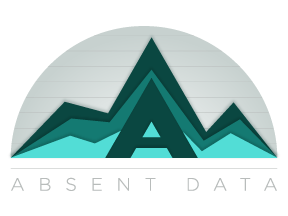Digital Attribution Models in Google Analytics
Digital attribution models are a an attempt to assign credit to a particular channel. This action becomes increasingly complex because user do not act in predetermined path. However, if you have more than one form of advertising that you are using to drive conversion, then attribution is a must.
The the last click model is the default model using in analytics platform such as Google Analytics in Omniture. Last Click Attribution gives 100% credit to the last channel that initiated the session that resulted in a conversion. Here are the attribution models in Google analytics.
Google Analytics Attribution Models
- Last Click Attribution Model –the last click receives 100% of the conversion credit.
- First Interaction Attribution Model-– the first touch point receives 100% of the credit.
- Last Non-Direct Attribution Model— this would eliminate the direct channel ascribe 100% of the credit to the last channel before the conversion.
- Linear Attribution –each touch point in the conversion path would receives an equal percentage.
- Last AdWords Click–the first Adwords click would receive 100% of the credit.
- Path Position— the first and last part of the conversion path are given 40% of the credit. The steps between share the remaining 20%.
- Time Decay— as time pass the touch point further away from the conversion receive less credit.
- Custom Model– you can give any percentage for any stage in the conversion path.
Path Analysis and Attribution
It is somewhat debatable whether path analysis is effective, There are infinite number of ways that someone can discover your website. Also a mature website with brand awareness and multiple entry channels, the possible continue to expand. Also each channel will cause users to behave differently. To reach this report you can click Conversion and then choose Top Conversion Path
Which Attribution Model Should You Use?
Custom, Custom, Custom.
If the majority of your conversion paths have more than one touch point, then an attribution model will help you in many ways. But you must take any attribution model with a grain of salt because direct traffic can occur when your analytics package can’t fully identify the referrer and organic. Additionally, the user’s journey is often more complex than a few touch points. Nonetheless, we can see the importance of our using a custom attribution model. For more on this topic check out Avinash Kaushik’s Good, Bad Ugly Attribution Models
The best models are custom by allowing you to personalize the metrics to fit your objectives. All attribution models are wrong. However, a customized model would be less wrong 🙂 However, here is a quick examples of a customized attribution model:
Branding Campaign on Google Display for a new company or product.
Branding campaigns would use an impression based interaction so this was weighted heavily to by doubling the credit.



